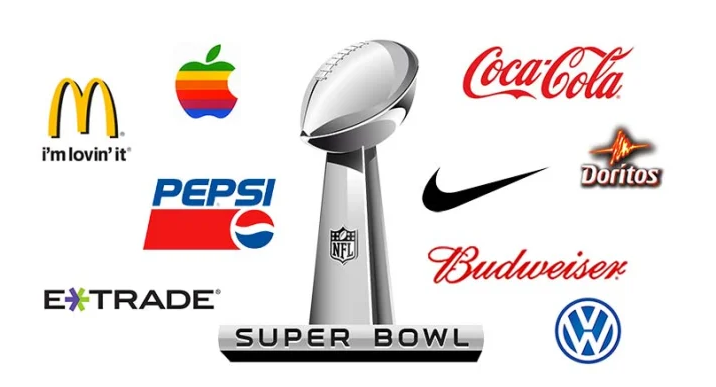It is no question that the Super Bowl is one of the few times a year that viewers actually want to watch commercials. And if you are anything like me then you can’t wait to see what brands came up with for their ads this year. From the Budweiser Clydesdales to “Got Milk?”, commercials during the game have become an event themselves. While brands continue to fight for bragging rights for the best ad of the game, let’s look into the history behind these ads and why this one night of the year has become “The Advertising Championship”.
Although the first Super Bowl game was aired back in 1967 and there were many ads aired including Coca Cola’s 1972 “Hilltop” ad, the commercials did not start to become prime TV real estate until Apple’s “1984” commercial. Rich Silverstein and Jeff Goodby, co-founders of Goodby, Silverstein & Partners, said that this ad set the stage for a new era of show-stopping ads and paved the way for the advertising showcase we see today. Silverstein and Goodby have been behind many Super Bowl commercials including E*trade, Budweiser, and Pepsi.
By the 1990s a creative era kicked off and brands were taking all the risks to keep viewers entertained for those 30 seconds. Then by the late 2000s and early 2010s, many advertising campaigns became more serious. Silverstein and Goodby explain that in today’s climate it is important for brands to be funny but in an intelligent way. In the past, it was easy to plan a Super Bowl ad four to six months in advance but now with things changing overnight, it can be challenging to nail the message. Many advertisers are focusing on topics like immigration, gender inequality, and other social issues. The Super Bowl is a time to not focus on selling hard, but instead make a simple point of entertaining the client, says Goodby. So by finding that sweet spot between what the brand stands for and what is culturally relevant, brands can be sure they will have a top-ranking ad.
Now 30 seconds might seem quick, but for the companies paying for them, it is the longest 30 seconds of the year. Super Bowl ads do not come cheap and it seems despite the steady decline in viewership in the past few years, their costs are continuing to rise. When the first game aired back in 1967 a 30-second spot cost $42,000. By the 1980s, Apple’s blockbuster “1984” ad cost about $525,000 and was well worth the additional investment of $370,000 to produce it as it continues to rank as one of the most famous ads in Super Bowl history. In 2011 NBC, CBS, and Fox each paid $1 billion for the game’s broadcasting rights and have been switching off year to year, this year being NBC. The Comcast-owned media conglomerate is selling 30-second spots for a price tag of $6 million. This new high watermark is a 9.1% increase over the $5.5 million CBS sold ad spots for just last year. This year NBC is also telling potential sponsors that they may have to buy an equal ad spot in the 2022 Beijing Winter Olympics, scheduled to take place this month as well, if they want a guaranteed slot during the first quarter of the game.
It may be crazy for a company to spend most of its annual budget on a measly 30-second commercial but studies show that the economics work. A study done at the University of Stanford revealed that after a Super Bowl, Budweiser’s sales showed a boost of almost twice the cost of the commercials themselves. Silverstein explains that “you cannot ignore the Super Bowl”.
Sports are proving to be a significant driver of business and it seems that companies will continue to spend millions on an ad during “The Advertising Championship”.

